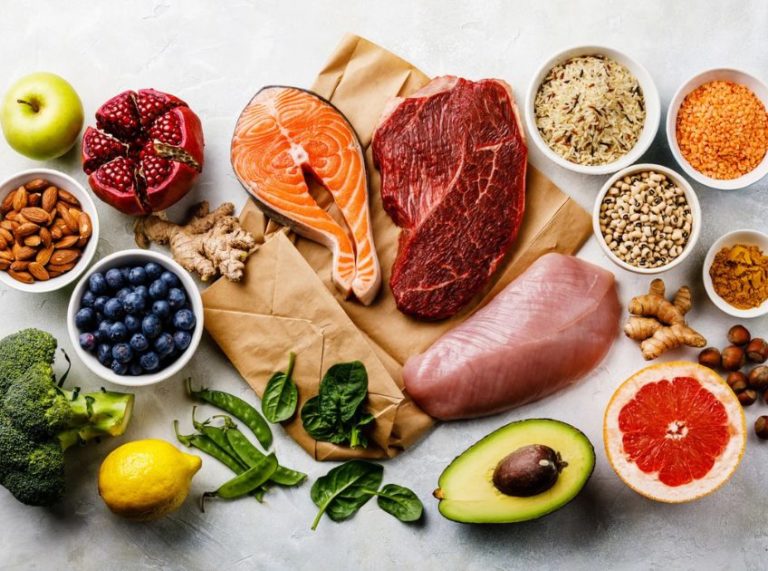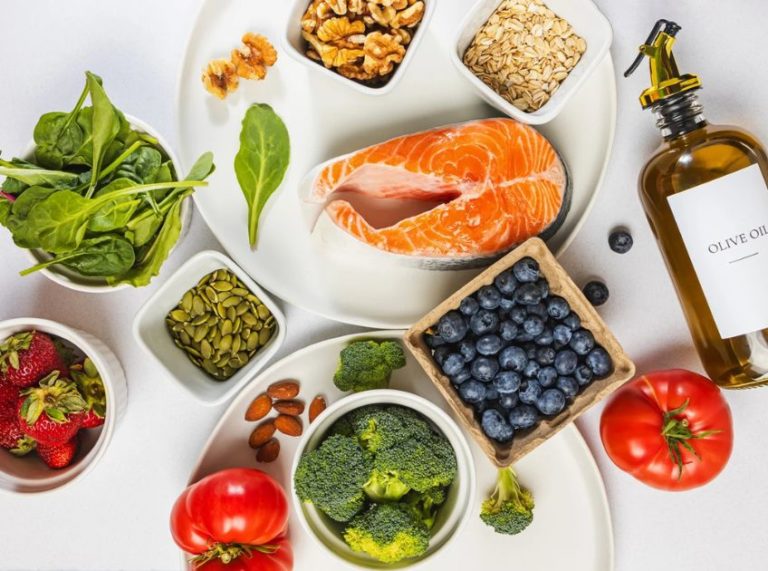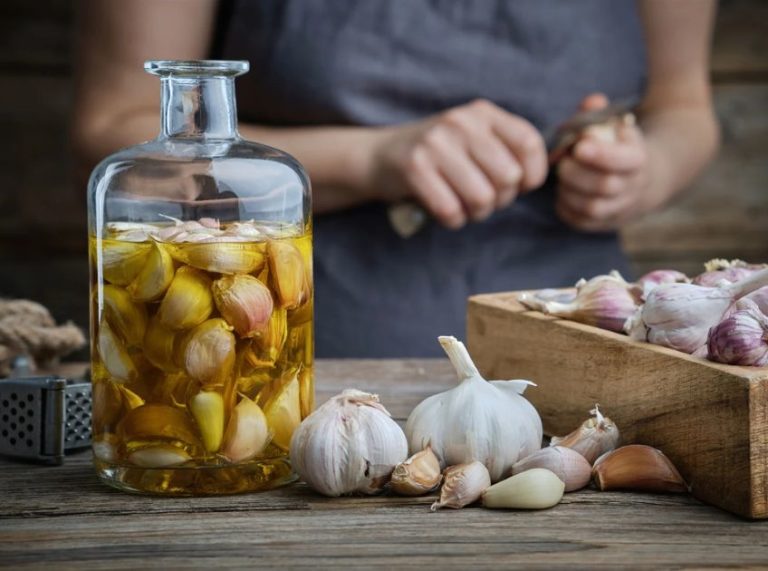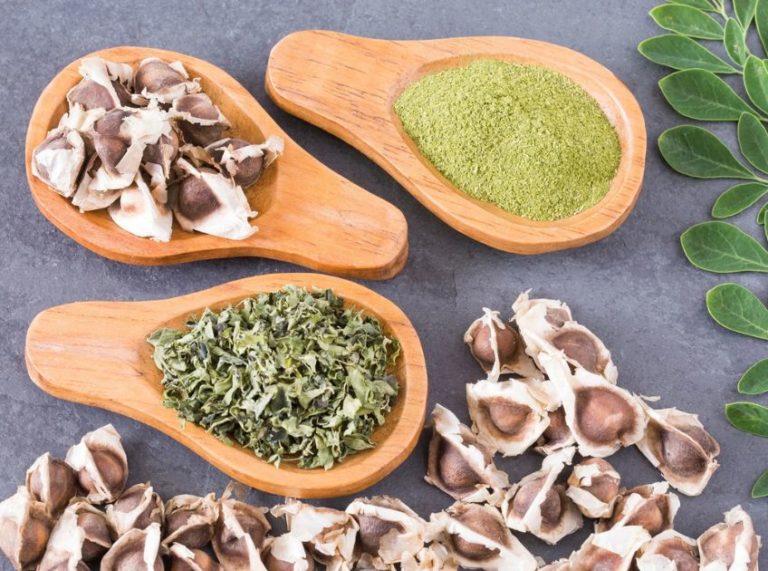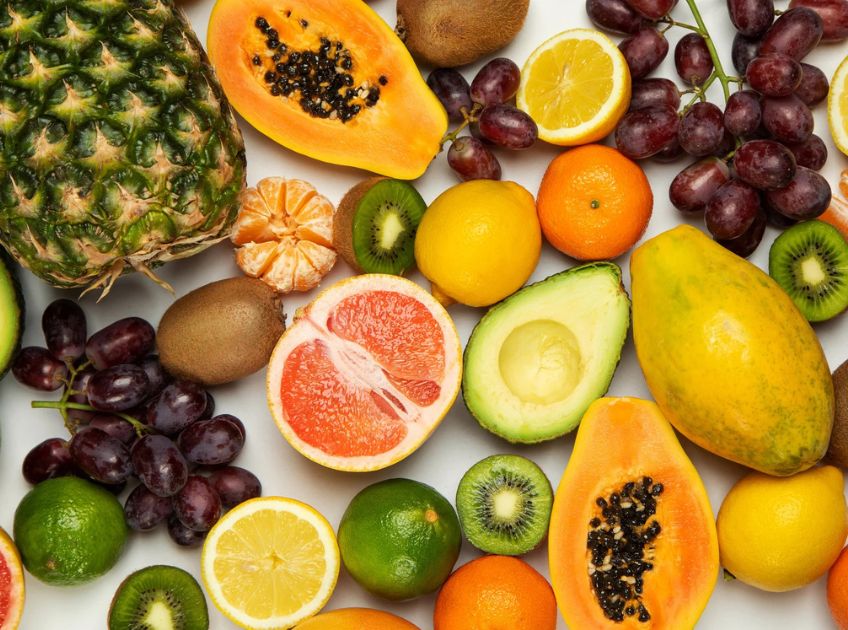
Important: This article is for informational purposes only. Please read our full disclaimer for more details.
Managing diabetes doesn’t mean giving up on fruits altogether. In fact, several fruits have a low glycemic index (GI), making them safe, nutritious, and beneficial for blood sugar management. Packed with vitamins, minerals, antioxidants, and fiber, these fruits can satisfy your sweet cravings without causing sharp glucose spikes.
In this blog, we’ll explore what the glycemic index is, why it matters for diabetes, and the 10 best low-GI fruits you can confidently add to your diet.
Understanding the Glycemic Index (GI) and Its Role in Diabetes
The glycemic index (GI) measures how quickly carbohydrate-containing foods raise blood glucose levels. Foods are ranked on a scale from 0 to 100:
- Low GI (55 or less): Slowly digested and absorbed, causing a gradual rise in blood sugar.
- Medium GI (56–69): Moderate effect on blood sugar.
- High GI (70 and above): Quickly absorbed, leading to blood sugar spikes.
For people with diabetes, sticking to low-GI fruits is essential because they release glucose gradually, helping maintain stable energy levels and preventing sharp fluctuations.
Scientific Insight: A study published in the American Journal of Clinical Nutrition highlights that consuming low-GI foods improves glycemic control and reduces the risk of type 2 diabetes complications (1).
10 Low-Glycemic Fruits That Are Diabetes-Friendly
Here’s a list of fruits with a low GI score that are packed with nutrients and ideal for people managing diabetes:
1. Cherries (GI: 22)
Cherries have one of the lowest GI scores among fruits, making them an excellent choice for people with diabetes. They’re packed with anthocyanins, powerful antioxidants that can help improve insulin sensitivity and reduce inflammation.
- Nutritional highlights: Good source of vitamin C, potassium, and dietary fiber.
- Scientific insight: A study published in the Journal of Agricultural and Food Chemistry found that anthocyanins in cherries may help regulate blood sugar levels by improving insulin production (2).
- Health benefit: Helps control blood sugar and lowers the risk of cardiovascular complications linked to diabetes.
- Serving tip: Eat a handful of fresh cherries as a snack or add them to a sugar-free smoothie.
2. Grapefruit (GI: 25)
Grapefruit is a low-GI citrus fruit known for its tangy flavor and metabolism-boosting properties. It’s also a great choice for weight management, which is important for controlling diabetes.
- Nutritional highlights: High in vitamin C, antioxidants, and soluble fiber.
- Scientific insight: Research published in Metabolism revealed that grapefruit extract significantly improved insulin resistance in individuals with metabolic syndrome (3).
- Health benefit: May help stabilize blood sugar levels and support weight loss.
- Serving tip: Eat half a grapefruit before breakfast or add slices to a salad. However, avoid grapefruit if you take certain medications like statins — consult your doctor first.
3. Apples (GI: 36)
Apples are a diabetes-friendly fruit thanks to their high soluble fiber content, especially pectin, which slows down glucose absorption and helps manage blood sugar levels.
- Nutritional highlights: Excellent source of fiber, vitamin C, and beneficial polyphenols.
- Scientific insight: A study in BMJ Open Diabetes Research & Care linked regular apple consumption with a reduced risk of developing type 2 diabetes (4).
- Health benefit: Promotes better blood sugar control and supports digestive health.
- Serving tip: Eat apples with the skin on to maximize fiber intake, or pair slices with unsweetened peanut butter for a balanced snack.
4. Pears (GI: 38)
Pears are naturally sweet and low in GI, making them a safe and delicious option for people managing diabetes. Their fiber-rich content helps regulate blood sugar and improve gut health.
- Nutritional highlights: High in vitamin C, vitamin K, copper, and fiber.
- Scientific insight: According to a study in Food & Function, polyphenols in pears have the potential to enhance glucose metabolism and reduce oxidative stress (5).
- Health benefit: Aids digestion, stabilizes blood sugar, and supports heart health.
- Serving tip: Slice pears into a green salad with walnuts or eat them fresh for a satisfying snack.
5. Oranges (GI: 42)
Oranges are naturally sweet yet low on the GI scale. They are an excellent source of immune-boosting vitamin C and hydrating electrolytes.
- Nutritional highlights: Packed with vitamin C, potassium, and folate.
- Scientific insight: The American Diabetes Association notes that citrus flavonoids found in oranges help improve insulin sensitivity and reduce inflammation (6).
- Health benefit: Regulates blood sugar while strengthening the immune system.
- Serving tip: Always choose whole oranges over juice to benefit from their fiber, which slows sugar absorption.
6. Peaches (GI: 42)
Juicy and refreshing, peaches are a diabetes-friendly fruit thanks to their low GI and antioxidant-rich composition.
- Nutritional highlights: High in vitamins A, C, and E, as well as potassium and fiber.
- Scientific insight: Research suggests that peach polyphenols can help reduce insulin resistance and improve overall glucose metabolism (7).
- Health benefit: Supports blood sugar balance and promotes skin health.
- Serving tip: Eat fresh peaches or add slices to low-fat yogurt for a nutritious, low-GI dessert.
7. Strawberries (GI: 41)
Strawberries are low in carbohydrates and high in fiber and antioxidants, making them perfect for preventing post-meal blood sugar spikes.
- Nutritional highlights: Rich in vitamin C, manganese, and folate.
- Scientific insight: A study published in the Journal of Nutritional Biochemistry found that strawberries improve insulin sensitivity and reduce oxidative stress (8).
- Health benefit: Protects against cardiovascular disease and promotes better blood glucose regulation.
- Serving tip: Add fresh strawberries to oatmeal, smoothies, or low-fat Greek yogurt for a healthy breakfast.
8. Apricots (GI: 34)
Apricots are small but nutrient-dense and make an excellent choice for people managing diabetes due to their slow sugar release.
- Nutritional highlights: High in vitamin A, beta-carotene, potassium, and antioxidants.
- Scientific insight: Beta-carotene in apricots has been linked to better glucose metabolism and reduced oxidative stress in diabetics.
- Health benefit: Supports eye health, digestion, and stable blood sugar levels.
- Serving tip: Eat 2–3 fresh apricots as a snack or toss them into a colorful summer salad.
9. Plums (GI: 40)
Plums are naturally sweet yet low-GI, making them a good option for maintaining steady blood glucose levels.
- Nutritional highlights: A good source of vitamin C, fiber, and antioxidants.
- Scientific insight: Research published in Nutrition Research Reviews suggests plum polyphenols enhance insulin activity and regulate glucose levels (9).
- Health benefit: Promotes digestive health and protects against diabetes-related oxidative stress.
- Serving tip: Eat plums raw, slice them into salads, or prepare a sugar-free plum compote.
10. Kiwi (GI: 50)
Kiwi has a slightly higher GI compared to other fruits on this list, but it is still considered safe for diabetics when eaten in moderation. Its fiber content and vitamin-rich profile make it an excellent choice for managing blood sugar levels.
- Nutritional highlights: Rich in vitamin C, vitamin E, potassium, and fiber.
- Scientific insight: A study in the Journal of Nutritional Science shows that kiwi consumption helps reduce post-meal glucose spikes and supports gut health (10).
- Health benefit: Enhances digestion, stabilizes blood sugar, and boosts immunity.
- Serving tip: Eat kiwi as is, blend it into a smoothie, or add slices to a Greek yogurt bowl.
Scientific Perspective: Why Low-GI Fruits Are Better for Diabetes
Low-GI fruits are fiber-rich, meaning they slow down glucose absorption in the bloodstream. They also contain natural antioxidants and bioactive compounds that improve insulin sensitivity.
According to a study in Diabetes Care, including low-GI fruits in a balanced diet not only stabilizes blood sugar levels but also reduces the risk of cardiovascular complications, a common concern in diabetes management (11).
Frequently Asked Questions (FAQ’S)
1. Can people with diabetes eat fruits daily?
A. Yes, but choose low-GI fruits and control portion sizes. Pairing fruits with protein or healthy fats can further reduce blood sugar spikes.
2. Are fruit juices safe for diabetics?
A. Not really. Most fruit juices have a higher GI than whole fruits because they lack fiber and may contain added sugars, leading to quicker blood sugar spikes.
3. How many servings of fruit should a diabetic eat daily?
A. Generally, 1–2 servings of low-GI fruits per day are considered safe. However, this varies depending on your blood sugar levels and medical advice.
Having diabetes doesn’t mean saying goodbye to fruits — it’s about making smarter choices. Including low glycemic fruits like cherries, apples, strawberries, and kiwi can provide essential nutrients while keeping your blood sugar in check.
By choosing the right fruits, practicing portion control, and balancing them with protein-rich snacks, you can enjoy natural sweetness without compromising your health. Always consult your healthcare provider or dietitian for a personalized diabetes-friendly fruit plan.
